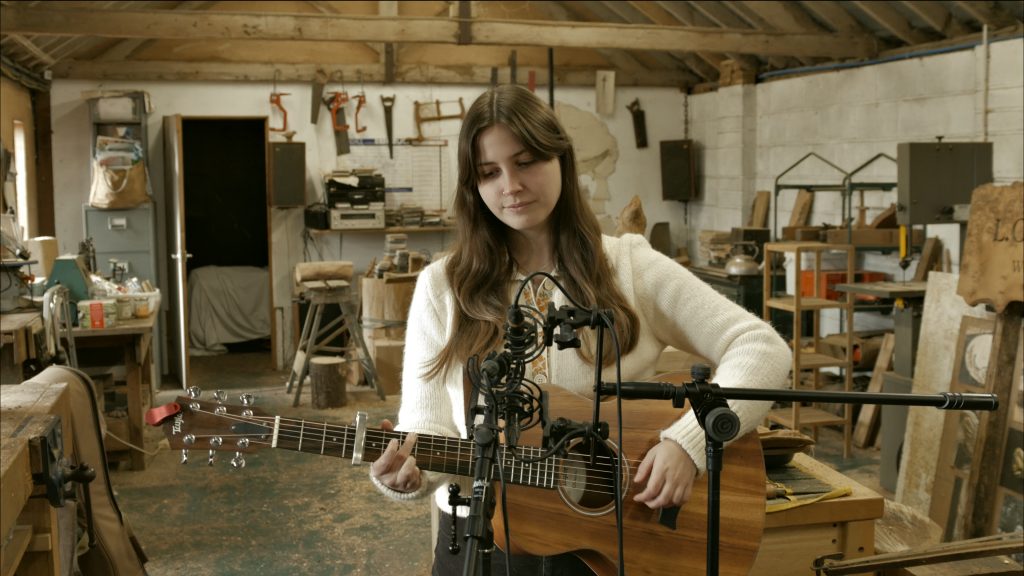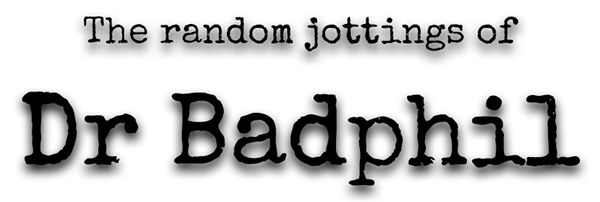
Lucy Grubb wanted to have a video made of her acoustic performance of a new track ‘Magpie’, to enter the GemsOnVHS annual contest – #GemsInTheRough2023. The requirements are an original song and a video specifically made for the contest. If you are not familiar with it, Anthony Simpkins’s GemsOnVHS was begun about 12 years ago and comprises a mass of field recordings (or, rather, videos) of what might be broadly described as folk musicians. The musicians (almost all relatively young) are mostly from the US, but not exclusively so, and they are mostly lesser-known artistes without recording contracts or large followings. There are exceptions, of course, such as the recordings/videos of Willie Watson made two or three years ago – long after he had come to fame with the Old Crow Medicine Show and, then, his solo career. Some other well-known musicians have been caught by GemsOnVHS at an early stage in their careers, with the videos doubtless helping them along the path: the most obvious example is Sierra Ferrell. It isn’t quite a case of a latter day Alan Lomax, but it is a great way of finding some more obscure, but talented musicians, not least as few will ever have the commercial success that means they will make it to the UK. And the intimate field recordings resonate with my own interest in such an approach.
The requirements of the annual contest don’t mean that there is a need to follow the GemsOnVHS production style: indeed, many competition entries are made using no more than a smart phone. Given the weather (very wintry here last weekend, when Lucy blew back to rural Norfolk for a couple of days) an inside location was pretty essential, so I suggested the workshop of woodcarver Luke Chapman: Luke’s a good friend and another talented musician, and I have been recording him over the last few years, more latterly in his workshop. It has a reasonable acoustic and seemed suited to Lucy’s music and the ethos of GemsOnVHS. While Anthony Simpkin has always favoured near-invisible miking (relying on lav mics), I’ve not been so convinced about this one element of the GemsOnVHS productions: it seems a little contrived and rather contrary to the honest field-recording approach, and suggests undue emphasis on the visuals. Anyway, I much prefer visible mics (above all for audio quality) when filming field recordings of music: and it is good to see, or rather hear, that many others do as well – perhaps most notably the folks at Playing for Change.
Of course, not all microphone techniques are equally visible or as suited to field recordings. So to keep the set-up simple and comparatively unintrusive, for this recording I went for a variation on double mid-side recording. Using three SDC mics, the Rycote BD-10 fig 8 mic was set conventionally with the null pointed at Lucy, just above the top of her guitar, so that its lobes faced left and right; immediately below this a supercardioid (Rycote SC-08) pointed upwards to capture the vocals, and immediately above the fig 8 a cardioid (Rycote CA-08) pointed downwards to the guitar – aimed around the 12th fret. There is a Sound on Sound article by Hugh Robjohns from a few years ago that discusses and illustrates the approach. The two different MS pairs can be decoded separately and combined as wished. Doing this as a one-man band, camera work was necessarily simple, which suited the nature of the contest. I used three cameras, two on tripods and one hand held (sans gimbal) to give a bit of energy to the video: a Lumix G9 with a Meike T2.2 35mm cinema lens; one Lumix GX80 with a Meike T2.2 16mm cinema lens; and another Lumix GX80 with a Panasonic f1.8 25mm lens. I took lights, but left them in the car: it seemed over the top, and, while a combination of daylight and fluorescent strip lights might not seem ideal, the combined diffuse lighting works OK and keeps it real.
We did three takes of Lucy’s song and went for the third: there was no audio editing at all (processing was limited to adding a high-pass filter, setting levels, choosing stereo width whilst decoding the MS pairs, and adding a little reverb), and the video editing was simple too (a little bit of colour matching and then grading). Anyway, here’s Lucy’s entry:
